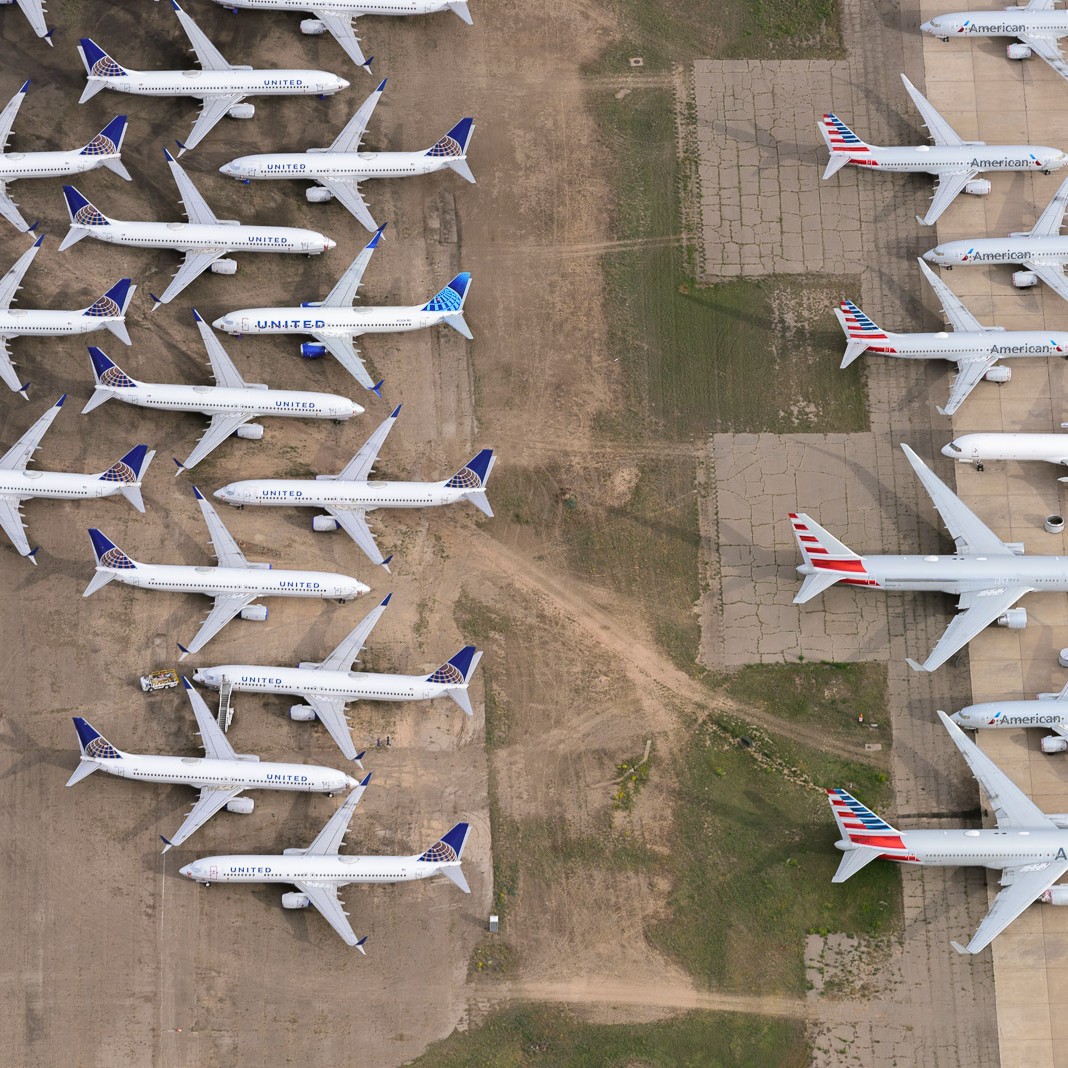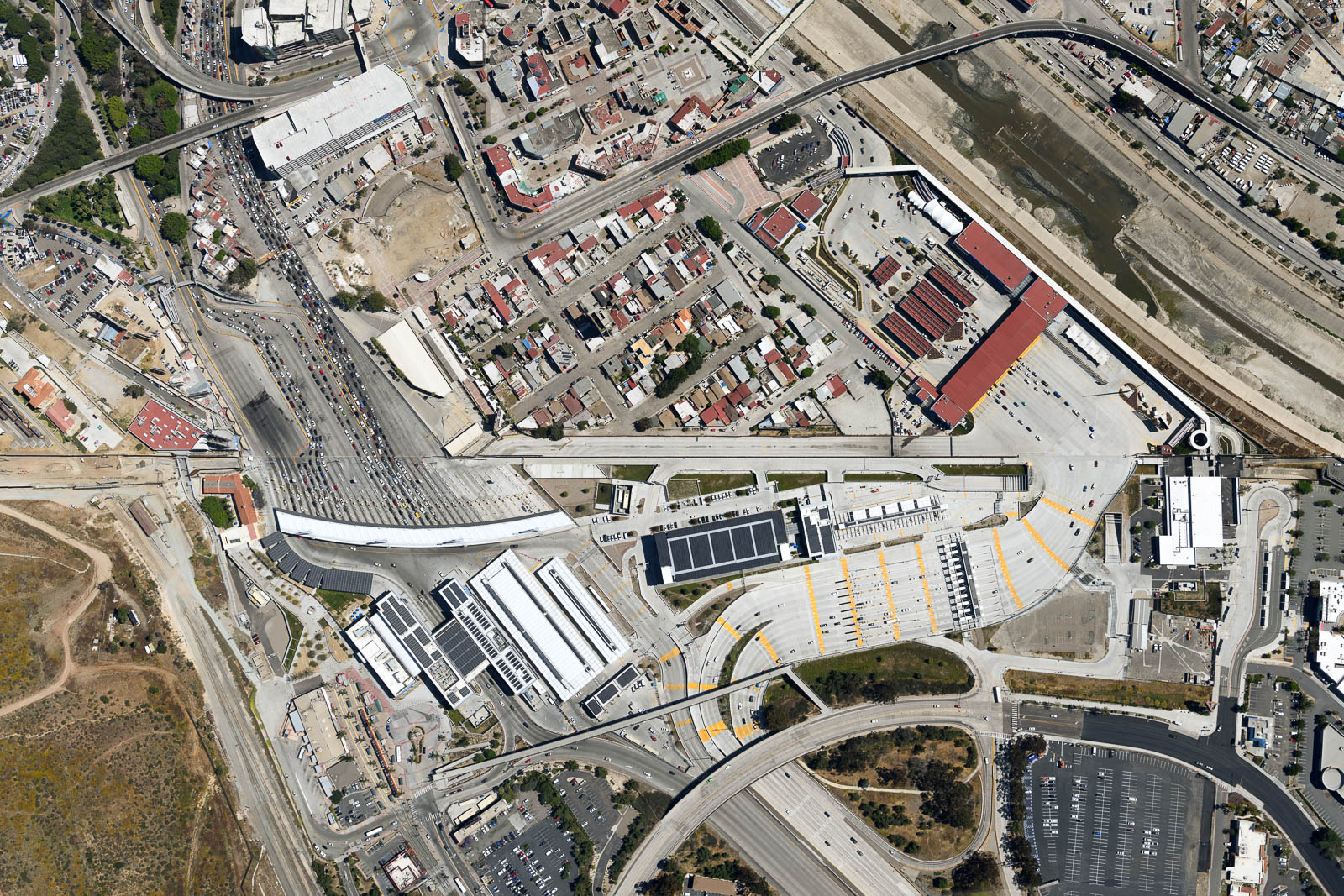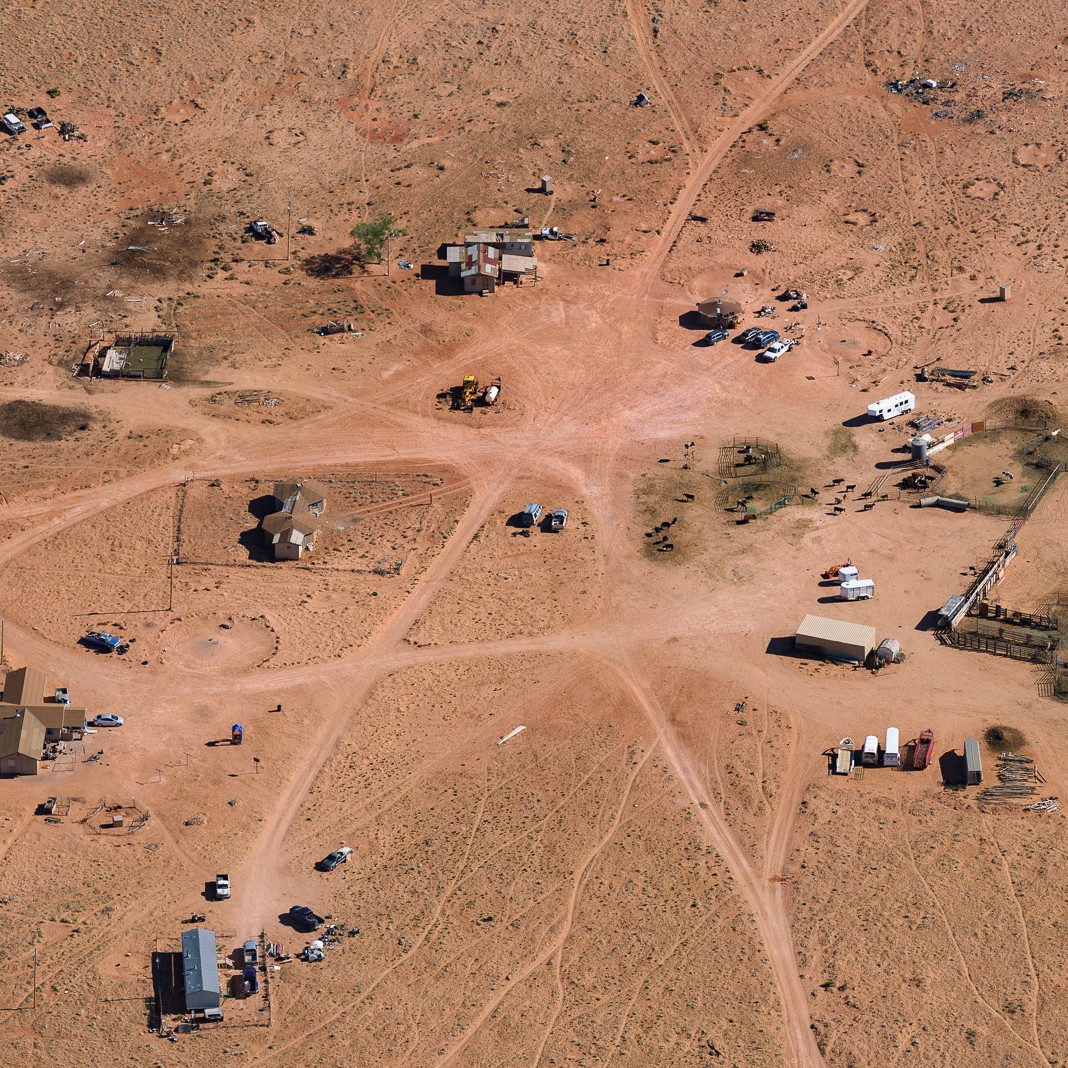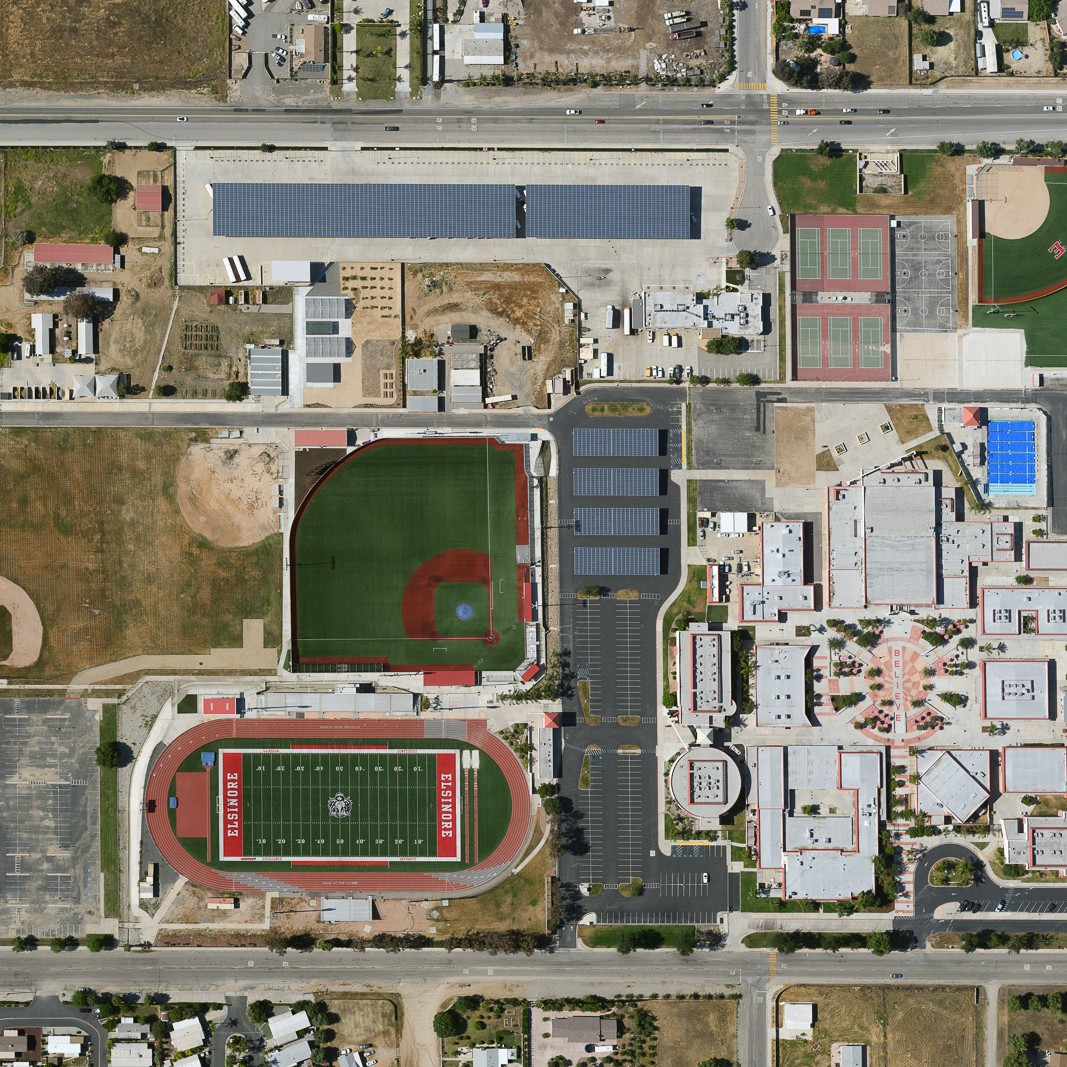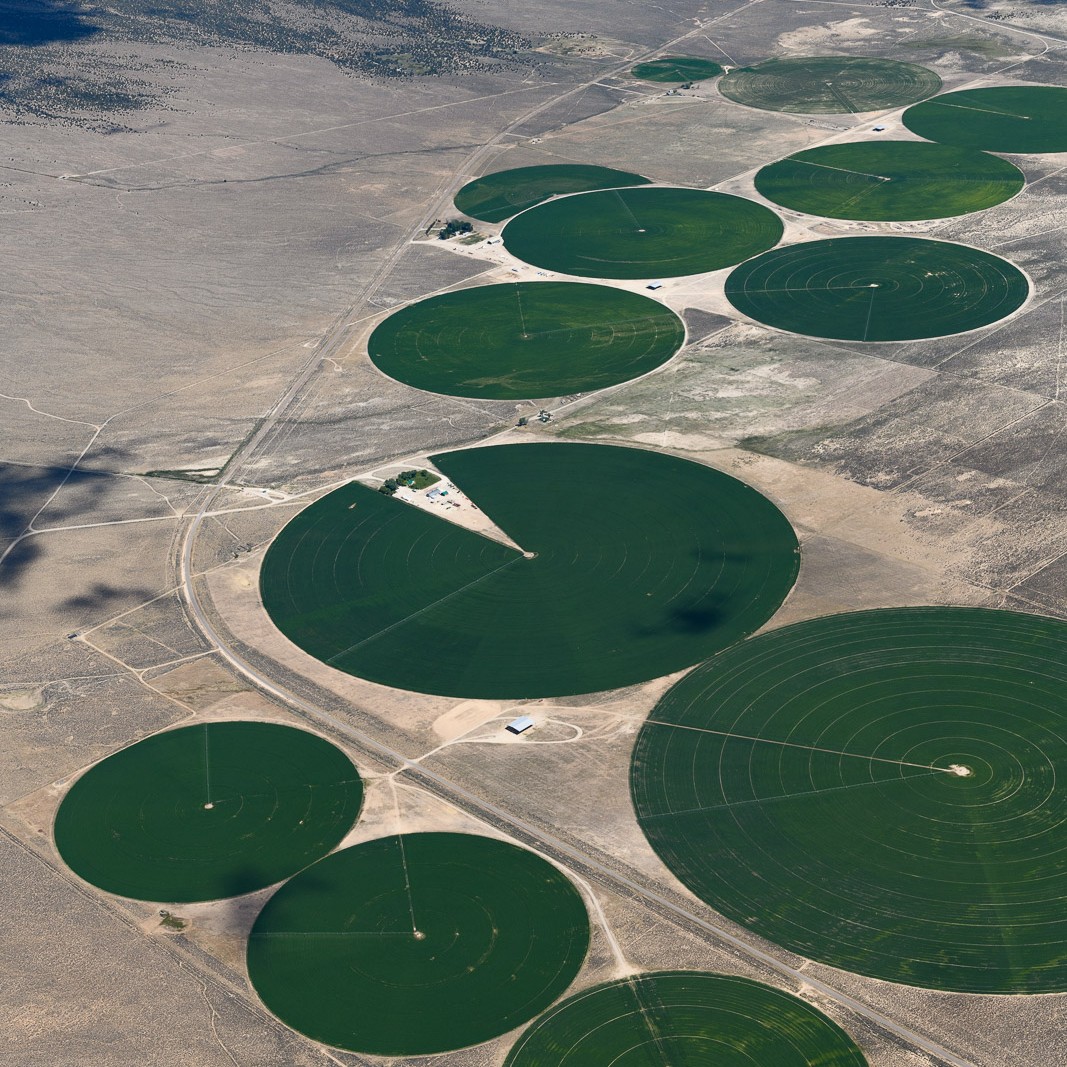A Well Distanced View on the Country During the Pandemic
The idea to cross the country in a small airplane has been on our minds since we both started flying. It is, after all, the ultimate fusion of discovery, adventure and the unknown. When COVID-19 hit and the world became precarious, we decided it was finally time. We also knew it was an opportunity to document the world from above in its remarkable new and changing state.
As we flew over these amazing structures – both in nature and man-made – we were struck in awe, and reminded that as humans just how small we are compared to what stretched out below us. And now along comes a thing, a minuscule and invisible virus, which has now caused great havoc on the world we know.
Below is our photographic account of the country at the time of this unprecedented change. As the issues the country is facing are enormously more complex, we have tried to capture the essence of whatever was possible from such a unique distance.
All of those adventurously inclined, who wish to follow our “Flamping” reported on a day-by-day basis, visit our blog at http://www.flampamerica.com
Dormant JFK Airport
Let’s start at home, New York City.
The photograph of one of the largest airports in America was taken just a few days before our departure. Usually resembling a beehive, this busiest international gateway of North America did not have a single visible operation during our 30-minute overflight. Instead there were vacated runways, empty taxiways, and deserted parkings, with the terminals most likely being used as a short-term storage for aircraft at bay.
A hub for international travel “Where America greets the World” stopped, brought to a standstill. How symbolic is this for those new, uncertain times?
Jam-Packed in the Desert
A pilgrimage to this famous ‘Airplane Graveyard’ in Roswell, New Mexico is an undeniable must-do for any pilot and aviation enthusiast. The opportunity to visit now was even of greater importance to us – in addition to serving as a last-stop for many retired aircraft – its use was recently extended as temporary storage for airliners as the interest in air travel abruptly diminished.
Roswell’s dry climate is ideal for long term parking, and with plenty of service workers on-site, this makes it an excellent place for storing and keeping the planes continuously airworthy.
At the time of our visit, as many as 30 new aircraft were arriving daily, mostly from American and United Airlines. Let’s hope it’s not their last stop.
The Tale of 2 Worlds, of 2 Cities
Not to be missed from the skies is the border between Tijuana and San Diego. The wall that stands separating the two nations, abruptly stops the expansion of the city of Tijuana to the north. As the world’s largest land border crossing in operation, this provides an excellent visual treat seen from above.
The opening image shows the San Ysidro border crossing at about 30% of its intended capacity. As the borders between nations closed to non-essential traffic, the influx of workers from Mexico continued on a daily basis; these were the essential workers in the food industry and healthcare services.
The flight above the border was an experience on its own. We weren’t allowed to venture a single inch into Mexican airspace, yet I desired photographing the border directly from above. Here, Sarah’s excellent piloting skills were put to the test and we complied beautifully while capturing quite a few shots from overhead, without a single violation – just as planned.
Trapped in the Seas
As we were heading north from our border rendezvous, we noticed a few cruise ships anchored in the Pacific Ocean.
San Diego has long been a major destination for leisure cruises. With this industry brought to a halt pretty much immediately after the pandemic began, the news agencies reported that there was drama on-board as US ports initially refused to allow the passengers to disembark. This, at the time of our flight had been luckily resolved, however another problem persisted. As the borders remained closed, the crew – it’s majority of international origin – had difficulties returning to their homes. Some of them remained trapped on the ships weeks after the last of the passengers disembarked.
Oceanside Beaches Reopen
California’s beautiful town of Oceanside was a special destination on our route. Earlier in the year, Rusty’s (that’s our airplane’s cute name) venerable engine was shipped to one of the most reputable engine overhaul shops in the country, One Stop Aviation in Oceanside. After the new engine returned and was installed, “meeting the parents” was one of the ideas that sparked this voyage (see more on our blog).
This laid-back town is most famous for its weather, stunning coastline and the beaches that offer world class surfing. Usually year-round busy and active, the coast had just reopened a few days after our arrival albeit with strict regulations in place – with the prohibition of social gatherings, group exercises and games, to name a few. However, swimming and fishing were allowed, provided that social distancing was maintained.
To our knowledge, many disregarded those restrictions and faced penalties.
The Ultimate Social Distancing
One of the highlights of our trip was the flight over the Bonneville Salt Flats in Utah. This truly one-of-a-kind place is actually over 30,000 acres of common table salt which, when extracted, creates fantastically colored cyan or teal pools. Since the Flats are not a part of any State or National Park system, they remained open and accessible to all traveling on Interstate I-80.
It was a place which allowed me to take this ultimate social distancing photograph, of two families enjoying themselves while keeping more than the recommended distance from one another.
As the potash extraction mines provide an excellent diversion (and a feast for the eye), I have included them in the supporting photograph pool.
Navajo Nation's Struggle
Our voyage took us over Navajo lands, which stretches for close to 18 million acres around Arizona, New Mexico, and Utah’s border. This area has had one of the highest infection rates in the US. At the time of our trip, there were 2.3k cases per 100k people in the Navajo territory, compared to 1.8k in New York, which seems counterintuitive – vast areas of empty lands against a densely populated city – common sense should suggest otherwise.
A closer look revealed how the pandemic disproportionately targets the poor communities. Navajo families often host multiple generations under one roof, and over a third of the population does not have running water in their homes. With relatively few stores in the area, residents are forced to congregate in a single location. Combined with a healthcare network which was sparse and in poor state, the conditions were perfect for this opportunistic virus to proliferate.
We landed and refueled in the middle of this magnificent rustic colored vista, and decided to press forward. On our way, we seized the opportunity to photograph the fantastic structures of Monument Valley
The Grim Case of California's Most Affected Prison
Flying over, or near to prisons has always put me in a contemplative state. On one hand there is this ultimate manifestation of freedom, on the other the hopeless and mundane situation of the incarcerated. Viewed from the air, prisons have their distinctive look, always built in a characteristic, particular manner emanating a sense of rigidity and restriction, regardless of their size or location.
On May 18th, our route from Arizona to California took us over the Chuckawalla Valley State Prison. We were not aware that at the time of our flight, this facility had the worst COVID-19 outbreak of any of the correctional facilities in California, counting for almost 30% of the state’s inmate infections in total.
While the rate has since steadied and reduced, prison populations remain vulnerable.
Nation's Commerce at a Standstill
From road tripping along the many historical and popular roadways to the day-to-day commuting of the average American, our country has a rich heritage and dependency on automobiles. There’s nothing like an empty parking lot, many of which we passed on our journey, to illustrate the lack of commercial activity on the ground.
Shopping malls, offices, cinemas, amusement parks, schools, once a destination with a constant stream of people were on a lockdown for at least a few weeks as attempts were made to contain the spread of the virus. In lieu, on-line classes, shopping, and zoom conferences while working from home became the new ‘normal’.
Will the office be passé? Will brick and mortar shopping malls no longer be desired? Are on-line schools and universities the new reality? Are all of these places a thing of the past? And more importantly, could we live in a new, online world without need for physical contact? What will remain of all the structures we have so purposely built, of the ‘necessities’ no longer needed, when all that we need can be obtained without leaving your comfortable chair?
Meanwhile...
We might have found the missing cars after all.
As the disruption in commerce continued, the demand for new automobiles also halted. As a testament to the scope of the economic pain the coronavirus was inflicting, unsold cars filled the staging space at the Port of Los Angeles, while additional vehicles remained on the ships just off of the coast.
While the necessity for a new car may be one of the frivolities that can be omitted, the disruption of the industry’s supply chain will surely have grave repercussions in the labor market for years to come.
While a Full Tank Is Always Great for Flying...
We embarked on this trip with the promise of the lowest AVGAS prices in modern history. This was only proven true in select locations – smaller airports often experience a delay in catching up to the current market’s oil pricing – we still managed to plan our trip so that we took advantage of prices well below $4 per gallon.
But what a wild ride the oil industry had! As the US consumption of petroleum fell to its lowest level in decades, the prices went negative for the first time in history. With storage at already maximum capacity, oil tankers full and unable to unload, the producers were paying the traders to take the oil off their hands. Literally.
Unfortunately, we did not meet any of those desperate souls, and we continued to pay out of pocket for every single gallon, quenching Rusty’s enormous thirst!
Impact on Agriculture
The flight across America took us over extensive agricultural lands, from Pennsylvania to Arizona, and beyond, fields of different shapes and colors, differently cultivated, and livestock roaming freely or contained in massive farms in Texas or Arkansas.
The impact of the pandemic on the industry has been most visible not in the fields, but in the processing factories. Being designated as essential and critical, the food processing industry had not stopped working, even after positive cases were reported in the facility. Initially, slaughterhouses were being closed to stop the spread of the virus, however, meat companies lobbied the federal government to keep plants open. These facilities, designed for maximum efficiency, with people working in very close proximity to each other quickly became hotspots for the disease.
Tribute to the Frontline Workers
While this photograph was taken two weeks before our trip, it is important that we include it.
We must recognize the hard work, commitment and determination of all those who pushed and continue to push themselves to the limits, often taking risks to keep us healthy and fed. A beautiful show of support occurs daily at 7pm, with people cheering from their windows and cars during a minute-long tribute.
On April 28, the US Navy’s Blue Angels and US Airforce’s Thunderbirds flew in unison over the New York area in its own beautiful tribute to the frontline workers. The planes from the two demonstration squadrons flew in formation over New York and Newark beginning at noon. The formation was set to fly over Trenton, New Jersey, and Philadelphia that day, with other appreciation missions across the largest cities of the US.
But the Earth May Be Finally Catching a Breath...
The beautiful scenery of America’s National Parks from the air stunned us. Without a single visitor the parks briefly returned to its quiet state of millions of years ago.
With a full responsibility that this inclusion may be a bit of a stretch, we share with you with some of the stunning aerial images from The Grand Canyon, Bryce, Death Valley, Lake Powell and Canyonlands, for which we were the sole visitors.
Dormant LAX Airport
As our goal was to fly from coast to coast, and back, we close this feature with another airport in recess. LAX. On May 19, the situation here was very similar to that of JFK’s two weeks prior.
The disruption in the aviation industry has been severe, and the end seems nowhere in sight. As some countries make rapid recovery, the US seems to be lagging behind gravely. As long as there are still issues or areas unsolved, aviation will suffer.
And for us, who have invested so much time, money and effort into being appropriately rated to make commercial aviation a career, this is rather a significant blow.
Cover Story
The cover photograph does not relate to any particular COVID-19 story. This rather fascinating abstract art-like photograph depicts the fountains of wastewater that are generated during the production of food packaging.
Being a rather smelly affair even from the air (this plant must be one big polluter) Graphic Packaging International – with its large factory in Texarcana, TX – is one of the major producers of cartons, containers, cups, trays (and anything that you will most likely discard after a single use).
The destructive impact of human activity on the planet can easily be related to the story of this pandemic, a disease that has affected us so heavily. One begs the question: who is really the destructive force – us humans against the Earth, or is it that nature is simply fighting back?
Interested in More?
Who are ‘We’? Where did we go? How did we accomplish it? What else have we seen?
If you are interested in learning more about us, or look at our daily travel diary, check our Flamp Across America blog. See the trip through our eyes as it happened; there’s a lot more photography, lovely written stories (that’s Sarah!), and detailed maps of our journey.
Check it out!


